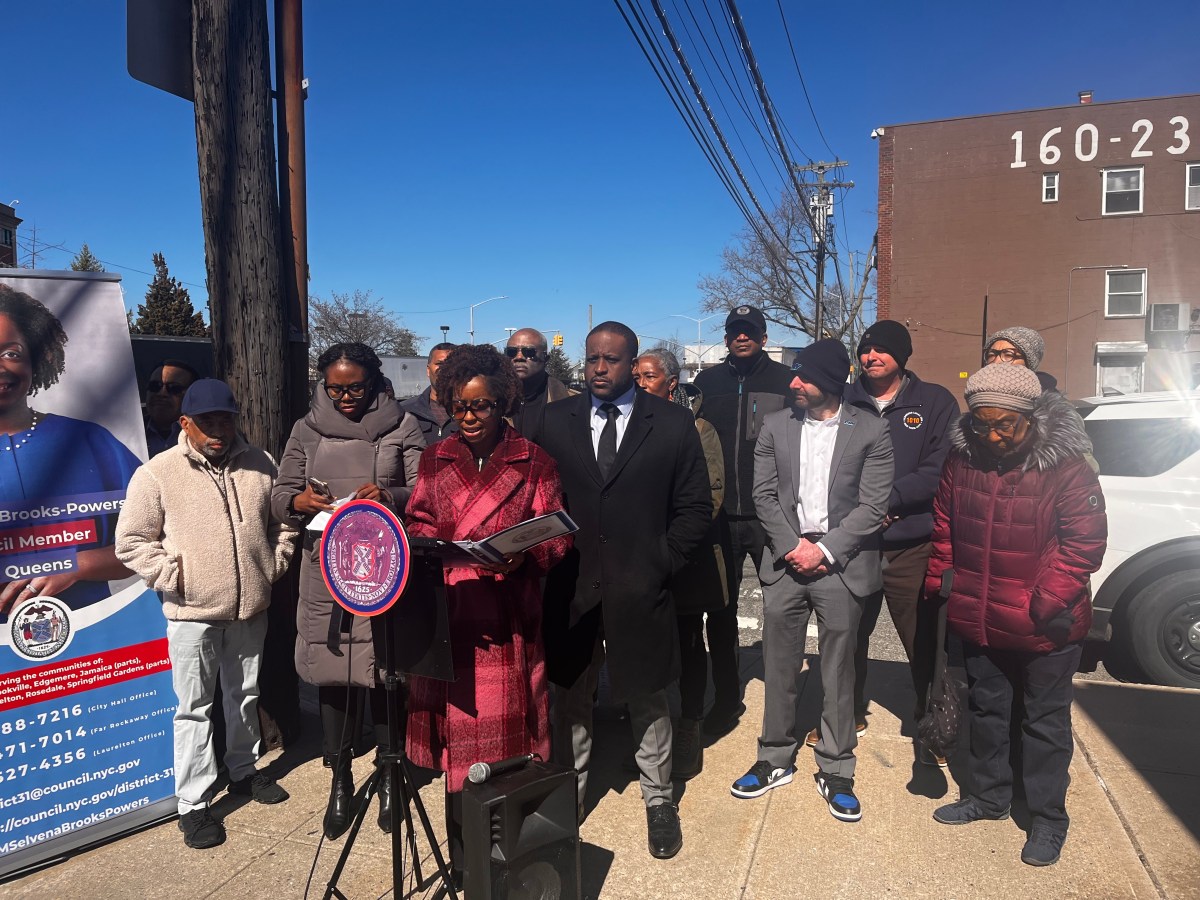The Centers for Disease Control and Prevention is warning of a potentially deadly drug-resistant fungus called Candida auris.
More than one in three patients diagnosed with an invasive Candida auris infection die, according to the CDC, which considers the fungus a "serious global health threat."
As of April 19, the state Department of Health has recorded 324 confirmed cases of Candida auris. The cases are primarily among nursing home residents and hospital patients in the New York City area.
The CDC has recorded two deaths in New York related to Candida auris infections, according to the most recent statistics released on March 31.
More than 613 cases have been recorded nationally and an additional 1,123 people have been colonized by Candida auris, which means they tested positive for carrying the fungus but were not showing signs of infection, per the CDC.
Sen. Chuck Schumer on Sunday called for the federal government to declare a public health emergency as the number of cases continues to grow. The CDC has given New York $6 million to combat the fungus, according to Schumer, but the senator argues more funding is needed.
Here’s what else you need to know about the new superbug.
What is Candida auris?
Candida auris, commonly called C. auris, is a type of fungal yeast that causes serious and potentially deadly infections in the body. In some cases, the yeast can get into the bloodstream, creating an invasive infection that can affect the heart, brain, eyes, bones and other areas of the body. Other common illnesses caused by C. auris include ear infections and wound infections.
Is Candida auris contagious?
C. auris can be spread from person-to-person contact as well as person-to-surface contact, per the CDC. However, most healthy people have a low chance of contracting the fungus.
Why is the CDC so concerned about this germ?
First identified in 2009, C. auris can be difficult to diagnose using standard lab methods and has proven to be multidrug resistant. Additionally, because C. auris can remain in a patient or on surfaces for a long time, it has the potential to cause outbreaks in places like hospitals and long-term health care facilities.
In a case from May 2018 recently detailed by The New York Times, staff at Mount Sinai Brooklyn had to bring in special cleaning equipment and remove several ceiling and floor tiles to get rid of the stubborn germ.
Is C. auris treatable?
Candida auris can be treated but it does not respond to an array of commonly used antifungal drugs. The most effective way to treat the infection, according to the CDC, is with antifungal medications called echinocandins. The CDC advises that high doses of multiple antifungal drugs may be needed to eradicate the infection.
What are the symptoms?
Candida auris is typically found in patients who are already seriously ill or have a weakened immune system, which makes diagnosing the fungus even more difficult because symptoms may not be noticeable. The symptoms can also vary depending on the part of the body that is infected, according to the CDC. A C. auris bloodstream infection, for example, would have different symptoms than a cut that was infected by the fungus.
Who is most susceptible to contracting Candida auris?
People who already suffer from other medical problems are at the highest risk of infection, including:
- long-term hospital or health care facility patients;
- people who have tubes entering their body, such as a catheter or feeding tube;
- people who have been previously treated with antifungal medications;
- people who receive a lot of antibiotics;
- people with weakened immune systems, particularly those with blood cancers and diabetes.
What should someone who may have a C. auris infection do?
The CDC recommends contacting a health care provider immediately. Family and friends of someone diagnosed with C. auris should employ good hand hygiene.


































